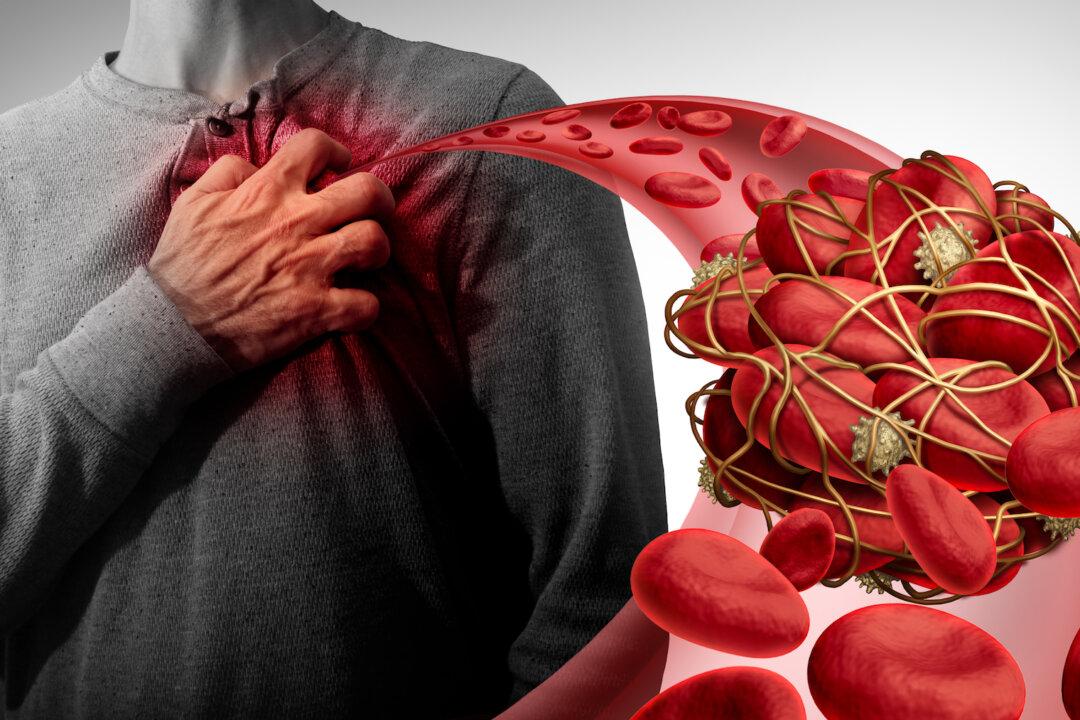In this interview, repeat guest Dr. Malcolm Kendrick, a board-certified family physician and author of the book, “The Clot Thickens: The Enduring Mystery of Heart Disease,” reviews the underlying mechanisms for heart disease, which for the last century has been the leading cause of death in the U.S.

Lightspring/Shutterstock
|Updated:
Dr. Joseph Mercola is the founder of Mercola.com. An osteopathic physician, best-selling author, and recipient of multiple awards in the field of natural health, his primary vision is to change the modern health paradigm by providing people with a valuable resource to help them take control of their health.
Author’s Selected Articles





